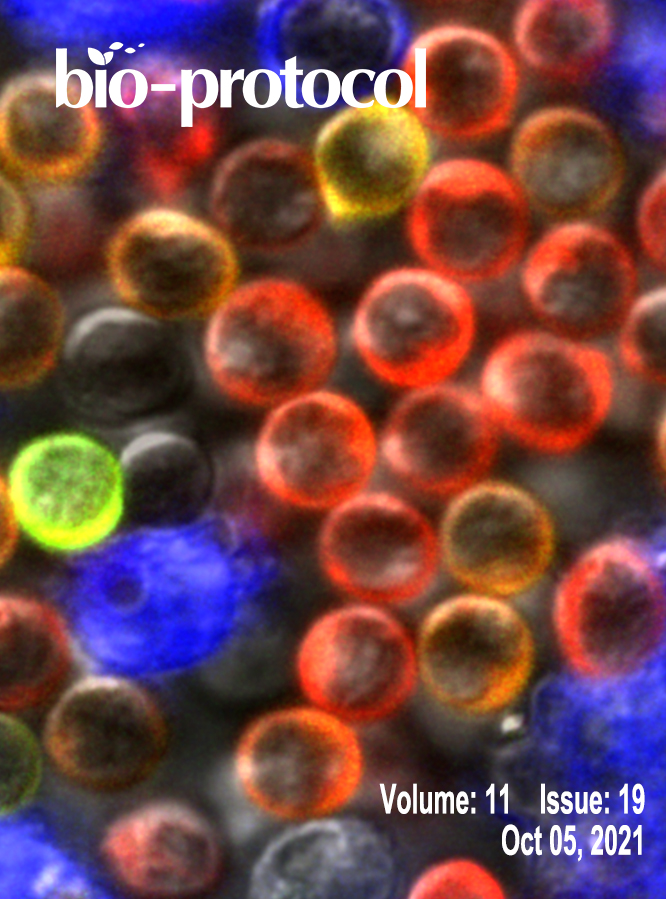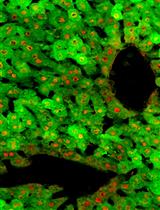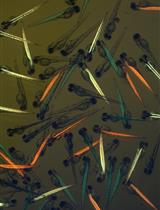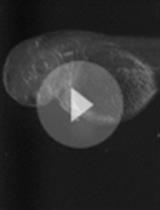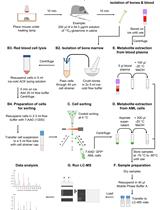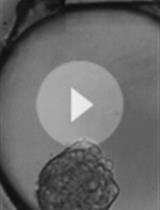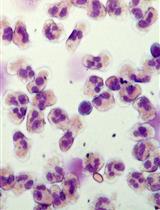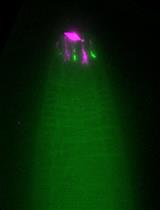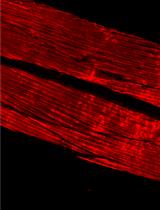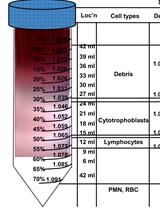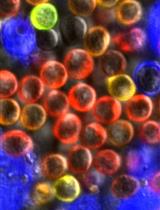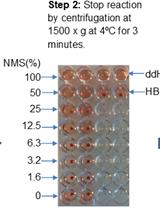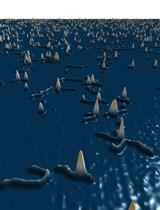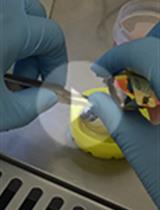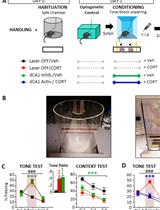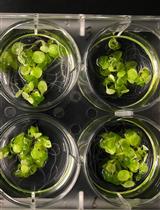往期刊物2021
卷册: 11, 期号: 19
生物化学
Transient yet Robust Expression of Proteins in the Mouse Liver via Intravenous Injection of Lipid Nanoparticle-encapsulated Nucleoside-modified mRNA
通过静脉注射脂质纳米颗粒包裹的核苷修饰的 mRNA 蛋白质在小鼠肝脏中瞬时而稳定地表达
Proximity Dependent Biotin Labelling in Zebrafish for Proteome and Interactome Profiling
用于蛋白质组和相互作用组分析的斑马鱼中的邻近依赖性生物素标记
生物工程
Zebrafish Embryos as a Predictive Animal Model to Study Nanoparticle Behavior in vivo
斑马鱼胚胎作为研究体内纳米粒子行为的预测动物模型
癌症生物学
Analysis of Leukemia Cell Metabolism through Stable Isotope Tracing in Mice
小鼠白血病细胞代谢的稳定同位素示踪分析
细胞生物学
Structural and Functional Mapping of Mesenchymal Bodies
间充质体的结构和功能图谱
Isolation of Microvesicles from Human Circulating Neutrophils
人循环中性粒细胞微泡的分离
Fixation and Immunostaining of Endogenous Proteins or Post-translational Modifications in Caenorhabditis elegans
秀丽隐杆线虫内源性蛋白质的固定和免疫染色或翻译后修饰
发育生物学
Phalloidin Staining of Actin Filaments for Visualization of Muscle Fibers in Caenorhabditis elegans
秀丽隐杆线虫肌动蛋白丝的Phalloidin染色用于肌纤维可视化
Isolation of Primary Cytotrophoblasts From Human Placenta at Term
足月人胎盘原代细胞滋养层细胞的分离
免疫学
Calcium Imaging in T Lymphocytes: a Protocol for Use with Genetically Encoded or Chemical Ca2+ Indicators
T 淋巴细胞中的钙成像:与遗传编码或化学Ca2+指示一起使用的实验方案
Measuring Total Classical Pathway and Activities of Individual Components of the Mouse Complement Pathway
测量小鼠补体通路的各个组成部分的总经典通路和活动
微生物学
Simple Methods for the Preparation of Colloidal Chitin, Cell Free Supernatant and Estimation of Laminarinase
胶体几丁质、无细胞上清液的简易制备方法及昆布多糖酶的测定
分子生物学
A High-throughput Pipeline to Determine DNA and Nucleosome Conformations by AFM Imaging
通过 AFM 成像确定 DNA 和核小体构象的高通量流程
神经科学
Isolation, Culture, and Identification of Primary Müller Cells from Human Retina
人视网膜原代 Müller 细胞的分离、培养和鉴定
Protocols to Induce, Prevent, and Treat Post-traumatic Stress Disorder-like Memory in Mice: Optogenetics and Behavioral Approaches
诱导、预防和治疗小鼠创伤后应激障碍样记忆的方案:光遗传学和行为方法
植物科学
Dark Respiration Measurement from Arabidopsis Shoots
拟南芥芽的暗呼吸测量


